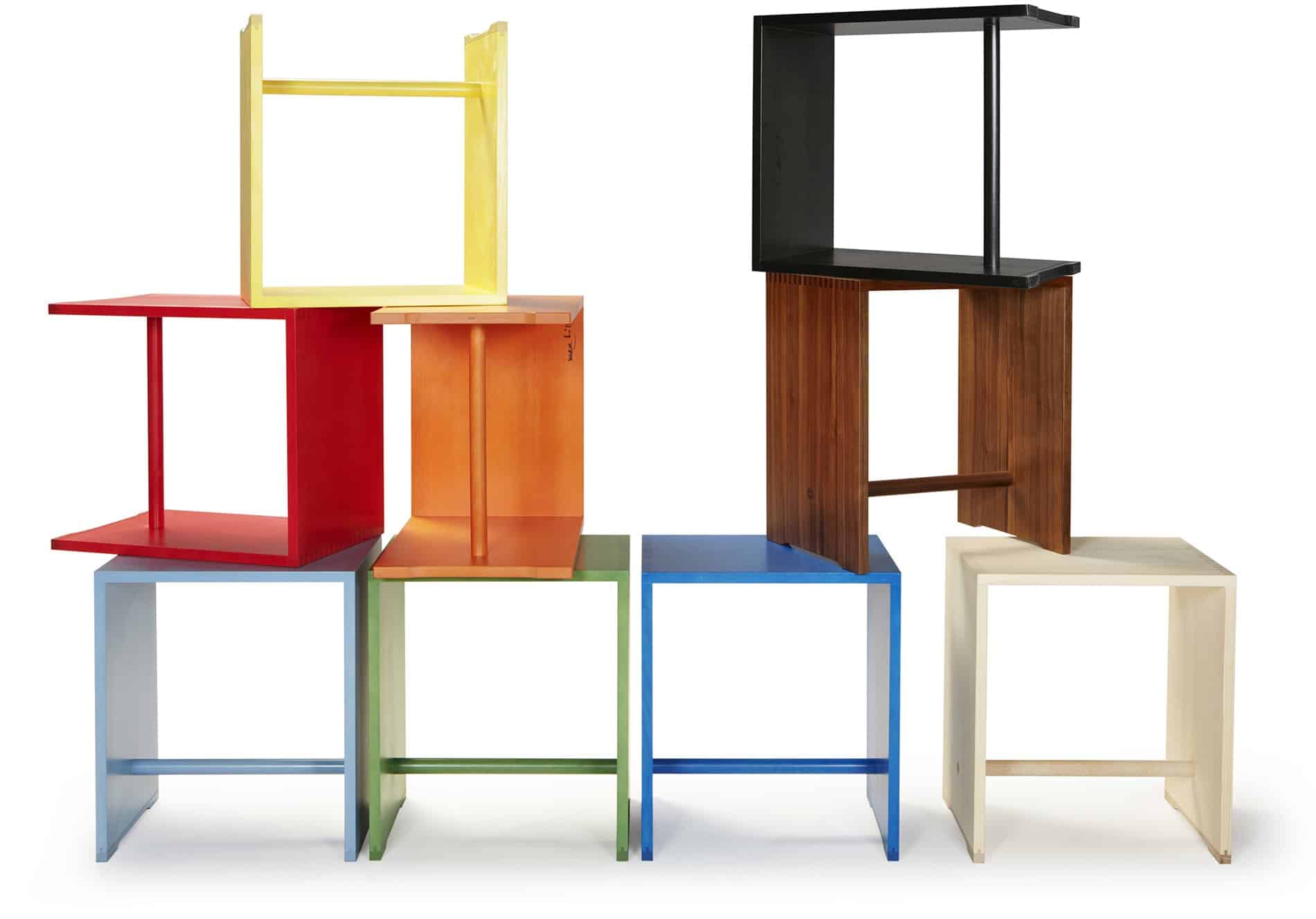
BAUHAUS: THE TURN TO PRACTICALITY
Modern, harmonious and vibrant architecture is the obvious sign of an authentic democracy
The Bauhaus was not just an artistic movement. Its proponents, led by Walter Gropius, wanted to change everyday life, away from the chatter and heavy aesthetics of Arts and Crafts and Art Nouveau, by adopting a minimal and functional way of design, which would be able to make the produced products accessible to a large part of society, due to their mass production and by extension their lower price. Starting from the eponymous school and headquarters of the movement in Weimar, in 1919, the Bauhaus included every artistic direction imaginable: from architects, painters and sculptors, to graphic designers. It was, therefore, a complete School of Fine Arts. According to its founder, Gropius: “The aim of the Bauhaus is not to have a style, a system, a doctrine or a rule, a recipe or a fashion! It will remain alive as long as it does not depend on form, but seeks behind an ever-changing form the fluidity of life itself!”
However, the school progressed according to the course of history. After the Great War (1914-1918), the German economy began to decline, taking with it the country’s productive capacity. The school, of course, was not unaffected by this development, with the move of its headquarters to Dessau in 1925 marking a new – partly changed – beginning. Its new director, Hannes Meyer, went beyond the theoretical approach that the school had developed during the Weimar years, proposing the “proletarianization” of the mode of production, while, in November 1925, Gropius also founded the Bauhaus company GmbH), underlining the industrial nature of the school’s products. The industrial production of Bauhaus products is at the center of the school’s goals, while Gropius also turns more to architectural design, completing his plans for some large-scale commissions, which are part of social housing standards, such as the Dessau-Törten Housing complex Estate in Berlin. He, in fact, proceeded to design doorknobs, which are still known today!
In 1928, Gropius resigned due to dire socio-political conditions, and despite the school’s recognition in artistic and visual circles, the Bauhaus school changed its headquarters again in 1933, this time moving to Berlin. In the German capital, its new director, Ludwig Mies van der Rohe, changes its character, removing it from any kind of political “coloring” and turning it more towards Architecture. In addition, he introduced the high aesthetic criteria to the design, breaking with the previous guidelines of the school and its curriculum.
In 1933 – the year the Nazi Party took power – the school was closed for good. The members of the new regime were enemies of the modern art movements and consequently of the Bauhaus, as early as the 1920s, while the new Minister of the Interior and Education, Wilhelm Frick, expressed the party members’ common belief that “non-Germanness” of Modern Art.
Bauhaus and Women in Art: The freedoms given to women by the new Constitution of the Weimar Republic were decisive for their unrestricted entry into the educational system. However, although they were accepted into the Bauhaus School, they could hardly escape from the weaving workshop. It was, after all, so expected that a female student would attend this particular course, that Oskar Schlemmer had stated: “Where there is wool, there is a woman who weaves, if only to pass the time.” Few exceptions to this “artistic path” followed by women were Ricarda Schwerin (a photographer who did not complete her studies at the school) and Marianne Brandt (graduate of the Metallurgy program), while these were two of the school’s total of 87 girls, the so-called Bauhausmädel (“Bauhaus girls”). It seems, therefore, that despite the artistically liberated character of the Bauhaus, the school does not seem to have been so tolerant of women’s liberation and equal participation of women in the Arts.
Most important representatives: Walter Gropius (architecture), Hannes Meyer (architecture), Ludwig Mies van der Rohe (architecture), Ricarda Schwerin (photography), Marianne Brandt (metalwork), Georg Muche (architecture, painting), Oskar Schlemmer (painting, sculpture , drawing, dance), Johannes Itten (painter, design, Theory of Art), Lazlo Moholy Nagy (painting, photography), Herbert Bayer (graphic design, architecture), Wassily Kandinsky (painting, Theory of Art), Paul Klee (painting), Joost Schmidt (typography, graphic design), Erich Dieckmann (industrial design, furniture design), Marcel Breuer (furniture design), Xanti Schawinsky (photo, painting, theatrical design), Ioannis Despotopoulos (architect)
